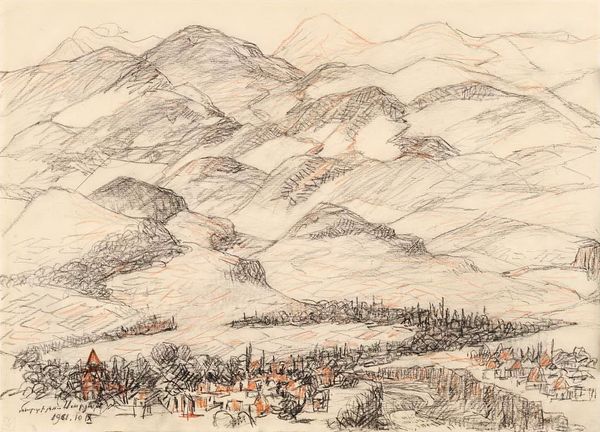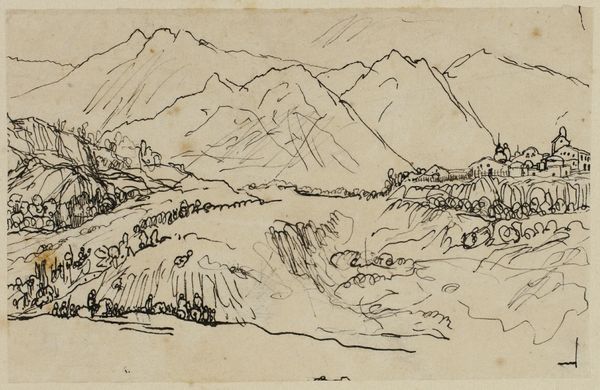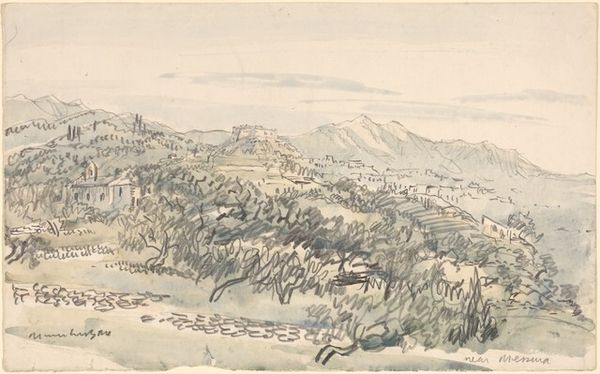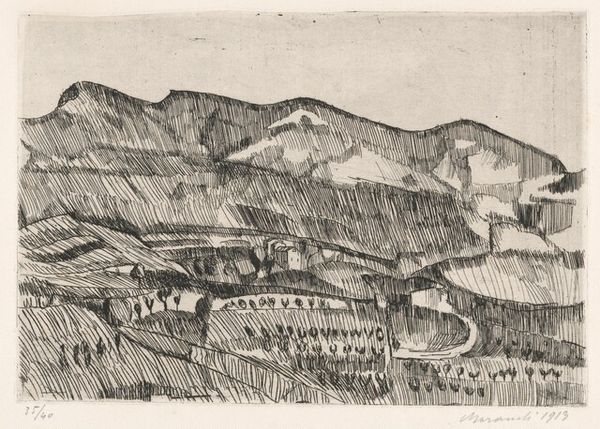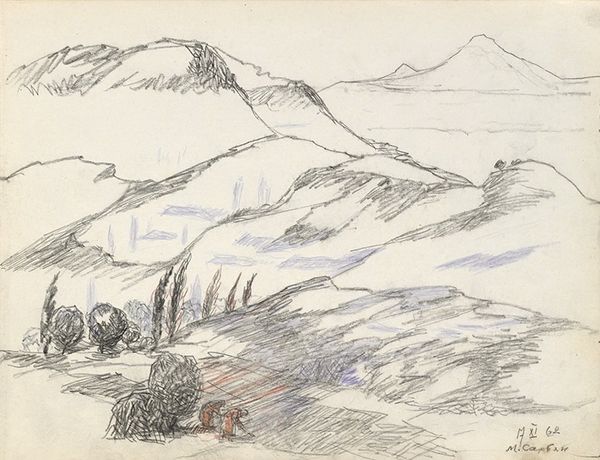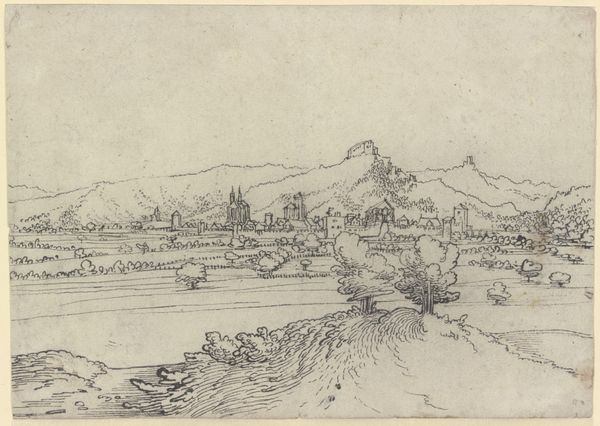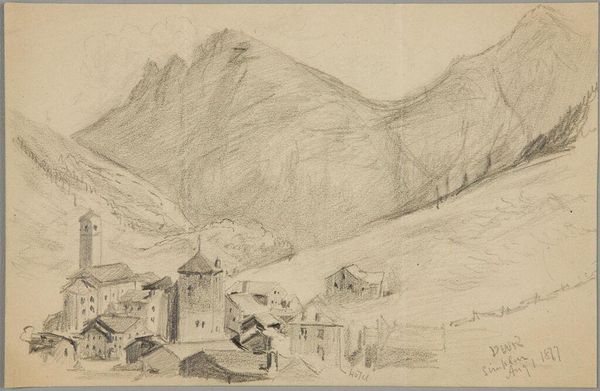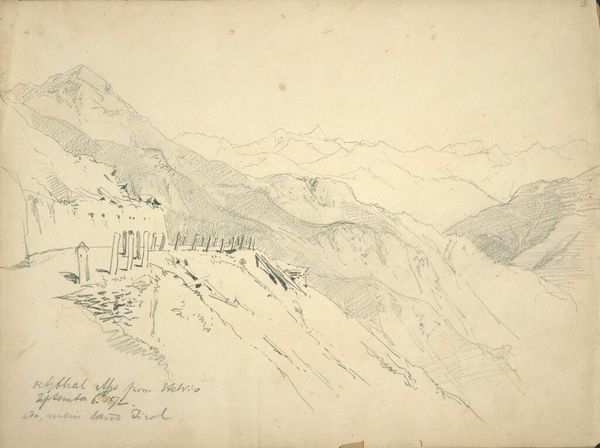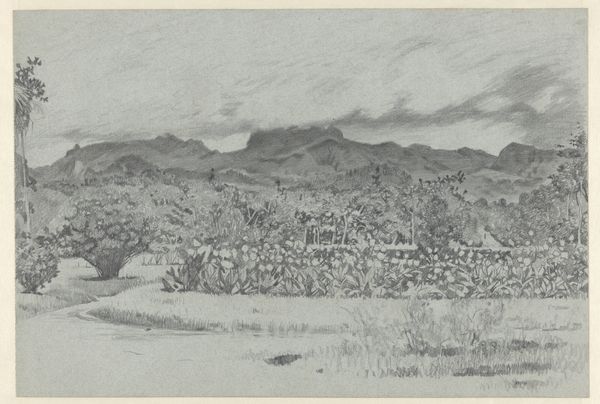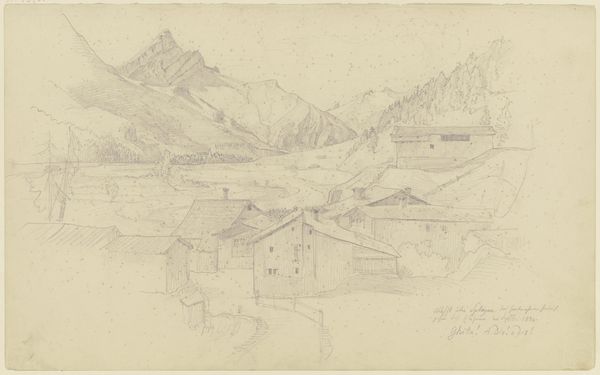
drawing, pencil
#
drawing
#
landscape
#
soviet-nonconformist-art
#
pencil
#
line
#
modernism
#
realism
Copyright: Martiros Sarian,Fair Use
Editor: Okay, next up we have Martiros Sarian's "Village at the foot of the mountain," created in 1937 using pencil as a drawing medium. What I immediately notice is this incredibly intricate linework, almost like he's sketching out a feeling more than a literal place. What do you see in this piece, someone who knows their art history? Curator: It speaks to me of longing, doesn't it? All those meticulously placed pencil strokes – they aren't just lines, they're like whispers of wind over the Armenian landscape he loved. Sarian often portrayed his homeland in a vibrant explosion of color, so seeing it rendered in such stark pencil feels particularly poignant, almost subdued given the sociopolitical context in 1937... What do you make of that contrast? Editor: The pencil work does evoke a strong emotional undercurrent. Knowing he was part of the Soviet Nonconformist art movement adds another layer; maybe the muted tones were a subtle act of resistance, a quiet rebellion against prescribed artistic styles. Curator: Precisely. And look at the village nestled almost protectively at the mountain's base. There is intimacy in those strokes but then his markmaking transforms into hatching to give rise to mountain forms as these giant protective guardians – what a powerful image. A safe space is being envisioned! Doesn’t it feel like home calling? Do you see something different? Editor: I guess it feels like the work is less documentary, more expression. Thanks, I learned a lot about contextualising art with what was happening in history at that moment. Curator: Me too! I have to be mindful not to put myself into my read of his visual intention... after all, isn’t it always about what stirs the soul?
Comments
No comments
Be the first to comment and join the conversation on the ultimate creative platform.
